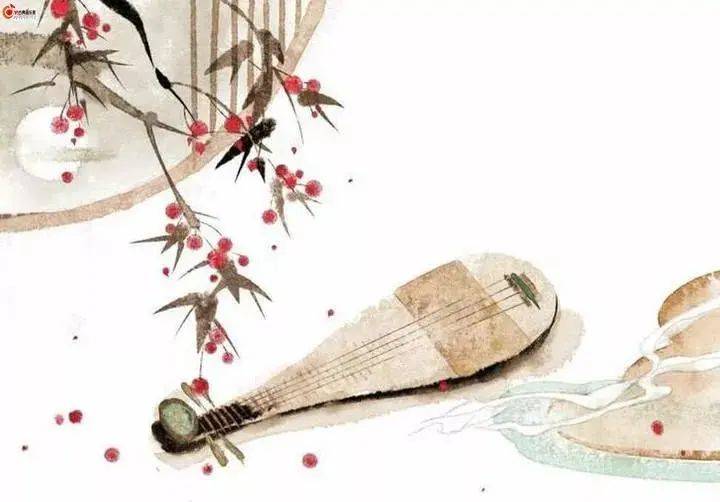How to play pipa overtones
What are the Harmonic Skills of Pipa? About the harmonic skills of the pipa, I will share with you today.

(1) How are overtones produced?
The sound of the whole string is the loudest, which is called the "fundamental sound"; the sound produced by several equal parts is called the "overtone". There are overtone points at 1/2, 1/3, 1/4, and 1/5 of the strings. The principle is that because the vibration frequencies of each section of the strings are different, the overtones emitted are also different. On the pipa, not every grade has natural overtones, only the grades with natural overtones can play a variety of overtones. The distribution of natural overtones is symmetrical at both ends of the string (the tone is the same). When playing, it depends on the progress of the melody, and then specifically decide whether to use the upper or the lower. Good pipa overtones are loud and obvious, while poor pipa overtones are weak and dull.
(2) What are the manifestations of overtones on the pipa?
There are natural overtones and artificial overtones.
(1) The performance characteristics of natural overtones
When playing or picking with the right hand, any finger of the left hand "points" on the string (that is, floating pressing). When touching the string with the left hand, the pad of the finger should be used instead of the tip of the finger. The acoustics are pure, bright, sweet, and have a long aftertone. Note the following:
a. The left-hand touch position of the overtone is different from that of the real tone. The real tone is required to be slightly above the grade, while the overtone is strictly required to be floated at a point just above the grade. .
b. When the left finger floats on the overtone point, it should be swiped (that is, the dragonfly touches the water). At this time, the sound effect of the overtone is clear, melodious, and the reverberation is diffused and lasting.
c. The left finger rubs the overtone point (that is, the moment when the hand is raised) and the playing of the right hand must be strictly synchronized in order to obtain a pure overtone. If there is front and rear, it is not an empty string scattered sound that pops up, or there is no sound. This can also happen if the left finger is not properly floating, but is pressed too hard or not touching the string.
(2) Characteristics of artificial overtone performance
The artificial overtone is not the base note of the open string, but the base note of the left finger. So what kind of overtones can be played out. Playing method: Press the fundamental note with the left finger, and use the hypothenar muscle or the outer part of the little finger on the right hand to float up at the higher octave or fifth position of the fundamental note while the index finger is playing upwards.
Differences from natural overtones:
a. The natural overtone float is on the top and the finger is on the bottom; the artificial overtone is the opposite, the floating point is on the bottom and the finger is on the top.
b. The distance between the natural overtone float and the fingertip is relatively large, and the artificial overtone is only a palm distance away, which increases the difficulty of operation.
The same point: It is strictly required that the right-hand floating press is synchronized with the playing. The moment after the right-hand plays, the palm should immediately leave the strings, which is the same as the natural harmonic left-hand floating press and one-touch principle.
Another difficulty is that artificial overtones must constantly change their fundamental to obtain many overtones. This requires the right hand to constantly shift in the upper octave or fifth of the different fundamentals, which is to shoot a shot in a different place, which looks like the right hand is beating on the strings.
 渝公网安备 50010702504639号
渝公网安备 50010702504639号